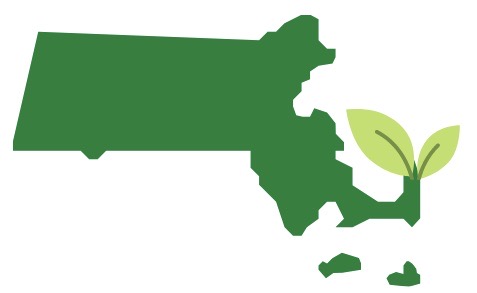Who is doing environmental education in Massachusetts?
> Thank you to the 100 + ee providers that responded to our eeSurvey.
The Massachusetts Environmental Education Society (MEES) recently contacted more than two hundred and fifty organizations across the state to participate in our eeSurvey initiative, Who is Doing Environmental Education in Massachusetts?. More than 100 informal environmental education providers responded, providing MEES with a more inclusive picture of the diversity and scope of organizations providing programs and services in the environmental education field.
We heard from nature centers, sustainability organizations, watershed groups, schools, climate action groups, farms, museums, marine organizations, state agencies, afterschool programs, camps, zoos, and land trusts (to name a few!). Many organizations were familiar to us, and many were new and surprising.
What is the purpose of this survey?
To understand the state of Environmental Education (hereafter EE) in Massachusetts by gathering information about the who, what, where, when, and how of EE across the Commonwealth. We seek to learn about the providers and beneficiaries of EE so that, as an organization, MEES can better serve educators, policy-makers, and communities through resources, events, and advocacy.
How are you defining Environmental Education (EE)?
For this survey, EE, as defined by the Environmental Protection Agency, is a process that allows individuals to explore environmental issues, engage in problem solving, and take action to improve the environment. As a result, individuals develop a deeper understanding of environmental issues and have the skills to make informed and responsible decisions. Examples of EE include topics such as environmental science, natural history, stewardship, recreation/adventure, farm/agriculture/food, environmental justice, etc.
eeSurvey Results & Next Steps
Preliminary survey analysis revealed that the majority of respondents have a small but mighty staff of 1-10 individuals. Surprisingly, we heard from only a handful of informal environmental education providers with a staff larger than 50. Geographic gaps and clusters of ee providers, the ee workforce size, volunteer force, contact hours, and funding sources analysis will be shared in a one-pager overview as well as at our annual conference.
THANK YOU! We are grateful for your work on behalf of the environmental education community and look forward to expanding and improving our MEES resources to better support our network. We invite you to stay up to date on our progress – visit our website, sign up for our newsletter, and follow our social media pages.

